Experts from the International Crane Foundation guide how to care for and raise sarus cranes
One of the primary tasks of the expert delegation from the International Crane Federation (ICF) during their week-long stay in Tram Chim National Park (Tam Nong area) was to assist Tram Chim National Park in completing the necessary stages for supplies and qualified workers to guarantee that the sarus crane captive breeding procedure is carried out.
Specialists examined the current status and made plans to develop facilities for the program at Tram Chim National Park, evaluate further opportunities, preserve and calm the surrounding environment, and keep a watch on crane flocks; examine and assess the capacity to offer veterinary treatment to flocks of cranes.
To provide an overview of the contents of the recent survey and evaluation, on April 6th, in the morning, leaders of Tram Chim National Park and experts from the ICF and Saigon Zoo and Botanic Garden (Ho Chi Minh City), representatives of the Department of Natural Resources and Environment, Provincial Veterinary Industry, and Tam Nong district held a thorough exchange session.

The process of transporting, nurturing, and caring for them is handled by experts with detailed advice and guidance.
The ICF provided extensive advice and detailed instructions on the process of transporting and quarantining cranes after they moved to Dong Thap province. These experts included Dr. Tran Triet, Director of the Southeast Asia Crane Conservation Program and lecturer at Ho Chi Minh City University of Natural Sciences; Ms. Diana Boon, Head of Conservation Medicine Department; and Ms. Kim Boardman, Head of the Crane Care Department.
The construction of barns, food supplies, drinking water, and disease prevention are covered in addition to the first steps in assisting cranes in acclimating to their new surroundings, mating, breeding, hatching, rearing chicks to adulthood, preventing diseases, etc. With enthusiasm, every expert presented their views and declared that they would be willing to help Tram Chim National Park going forward.
Experts advise Tram Chim National Park to review more documentation from ICF and several other organizations regarding the maintenance and upkeep of cranes, and then to solidify these recommendations into implementation documents at Tram Chim National Park.
 d
d
International Crane Association experts conduct a field survey at Tram Chim National Park
Dr. Tran Triet expressed her gratitude to the Park Management Board for their efforts in setting up the necessary infrastructure and staffing to support the Sarus Crane Conservation and Development Project at Tram Chim National Park, which involves breeding cranes in captive. Specifically, reducing the water level in accordance with scientific design has aided in the swift recovery of the flora and wildlife. By deliberately burning the layer of litter, the garden has decreased the likelihood of forest fires while requiring little water retention.
Dr. Tran Triet claims that the recent emergence of numerous unusual bird species in Tram Chim National Park is evidence that the ecology has recovered and that we are headed in the right direction. He also thinks that Tram Chim will see a return of cranes at the same time.
Được biết, sau chuyến làm việc tại Vườn Quốc gia Tràm Chim, dự kiến vào tuần tới, các chuyên gia Hội sếu quốc tế (ICF) và cán bộ chuyên môn của Vườn Quốc gia Quốc gia Tràm Chim sẽ sang Thái Lan để thảo luận các vấn đề chuyên môn Sếu đầu đỏ.
It is known that following the working visit to Tram Chim National Park the following week, professionals from Tram Chim National Park and the International Crane Federation (ICF) would go to Thailand for a discussion of sarus crane in detail.
Nguyet Anh
Translated by Gia Vi
https://dongthap.gov.vn/chi-tiet-bai-viet-tieng-anh/-/asset_publisher/n7gyLONAyDF6/content/id/18343946
News
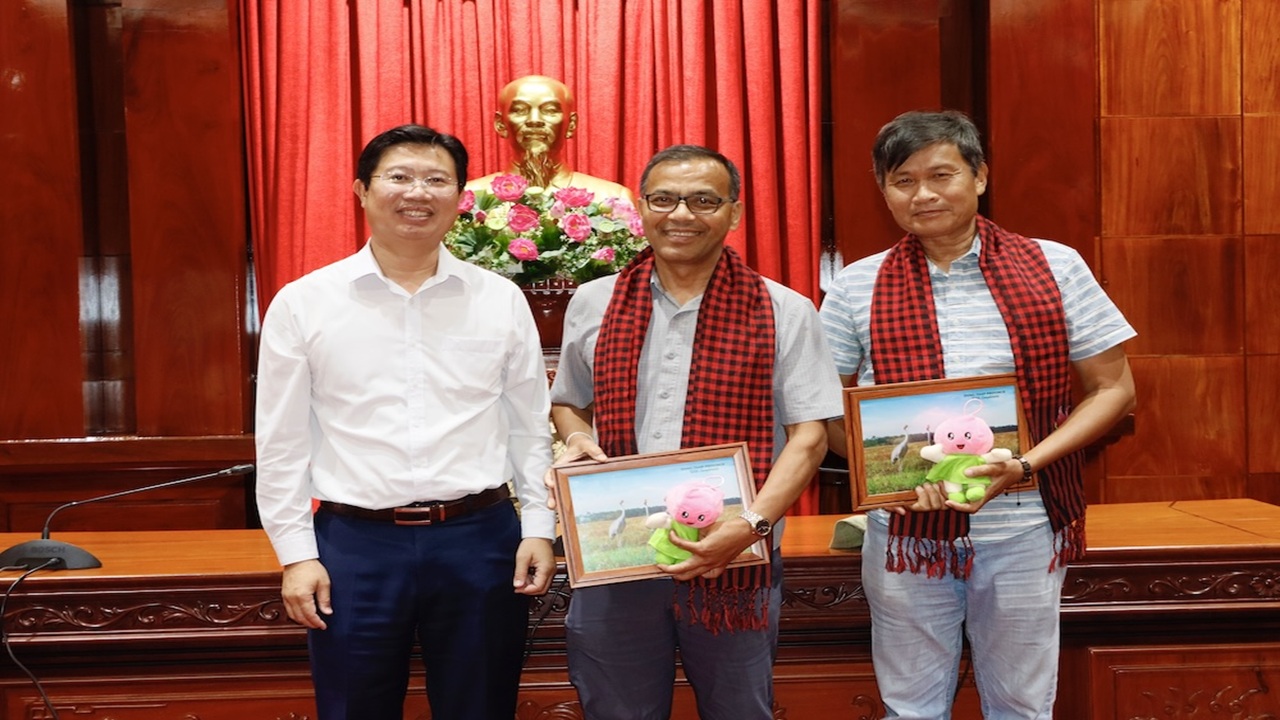
Leaders of the Provincial People's Committee work with the International Crane Foundation
Before the working session with Tram Chim National Park (the world's 2,000th Ramsar site), Dr. Mahendra Shrestha, Deputy Director of the International Crane Foundation, and Dr. Tran Triet, Director of the International Crane Foundation's Southeast Asia Crane Program, met with the Provincial People's Committee leaders at noon on October 14. Mr. Huynh Minh Tuan, Vice Chairman of the Provincial People's Committee, and leaders from other provincial departments met the delegation.

Tram Chim National Park Ready to Bring the Sarus Cranes Home
Tram Chim National Park is completing the final steps to prepare for bringing the sarus cranes home. This is an important part of the Conservation and Development Project for the Sarus Crane (2022 - 2032), aiming to restore the population of this rare bird species in the Dong Thap Muoi region."

Sarus Cranes relocated from Thailand recover well at Saigon Zoo
On the morning of April 13, at Saigon Zoo, where six cranes transferred to Vietnam from Nakhon Ratchasima Zoo (Thailand) are being quarantined, experts from Thailand, Vietnam, and the International Crane Foundation discussed and assessed the health status of the cranes after three days of isolated care.

Dong Thap Welcomes First 6 Sarus Cranes from Thailand
To restore and expand the population of sarus cranes in Tram Chim National Park through captive breeding and reintroduction efforts, Dong Thap Province received the first six cranes from Thailand on the evening of April 10, 2025.

Controlled burn on Zone A1, Tram Chim National Park
Fire has played a significant role in the creation and administration of Tram Chim National Park throughout the last four decades. Sometimes fire destroys, and in many cases fire helps regenerate.
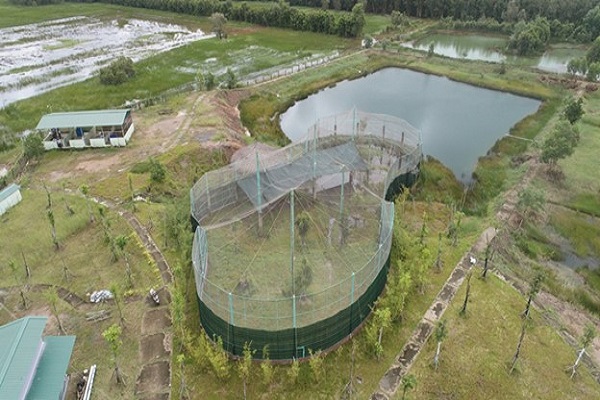
Investing in Infrastructure to Serve the Sarus Crane Recovery Program
The Chairman of the Provincial People's Committee approved the infrastructure project for the second phase of the Sarus Crane development and restoration program at Tram Chim National Park. Tram Chim National Park serves as the project's investor.
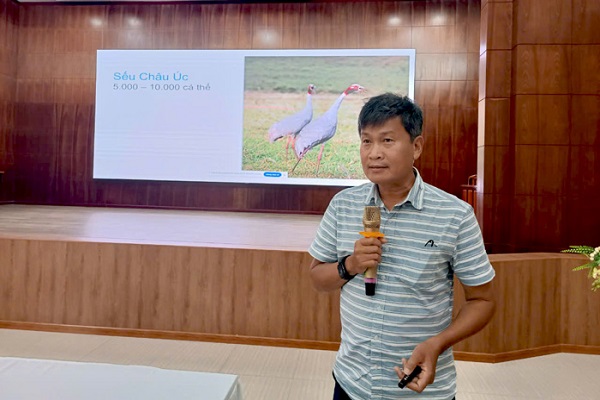
Dong Thap province: Media training on the Sarus Crane Conservation Project
In the morning of November 20, Tam Nong District People's Committee arranged a training session on the topic of Sarus Cranes in Tram Chim National Park with the goal of educating, informing, and encouraging their development and restoration. This second course was offered both directly and online to leaders of several departments of Dong Thap province, and People's Committees at the district level.
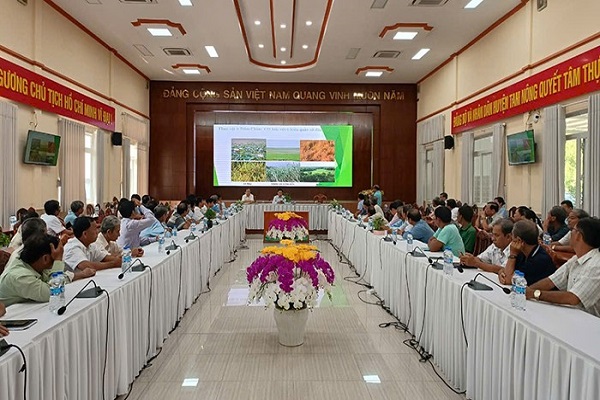
Communication skills training for the Sarus Crane Development and Conservation Project
On November 14–15, Tam Nong District People's Committee held a training session to prepare knowledge and communication skills for the Project on the Sarus Crane Development and Conservation at Tram Chim National Park in 2024.
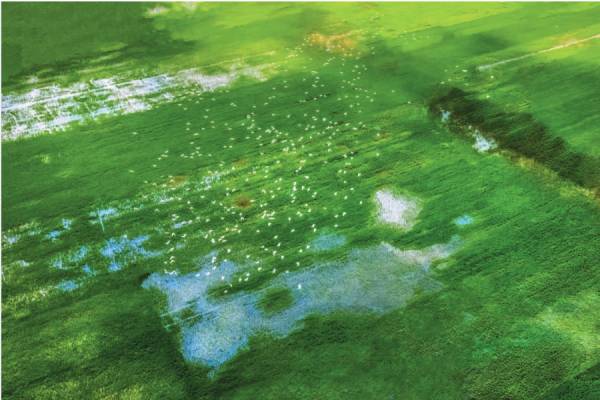
Conserving and Developing the Sarus Crane Population at Tram Chim National Park
The People's Committee of Dong Thap province has approved a project for the conservation and development of the sarus crane at Tram Chim National Park from 2022 to 2032, with a total estimated cost of over 184 billion VND.


